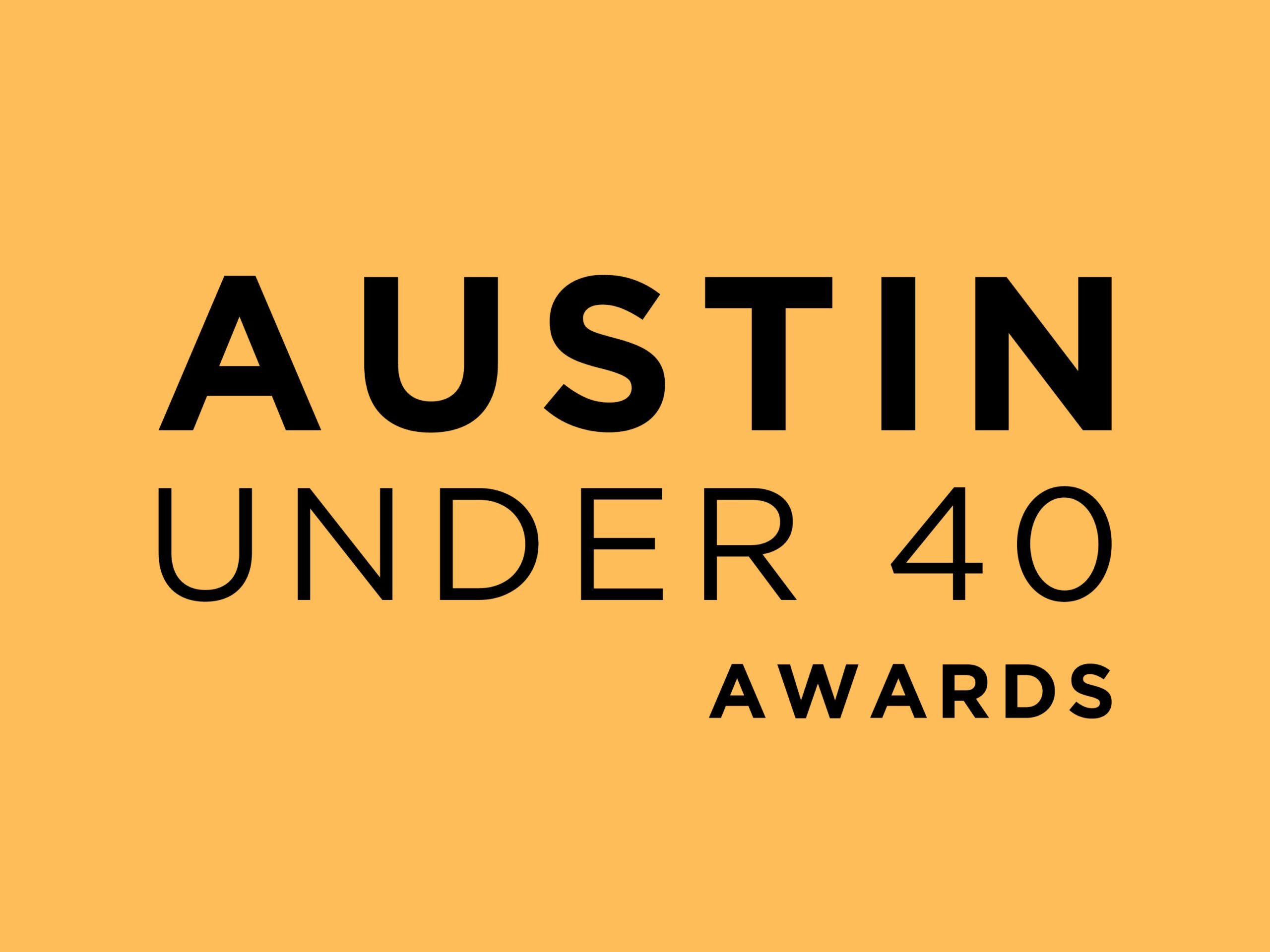Many people are surprised when they learn about my transition from neuroscience and epilepsy research to business consulting.
How does someone go from treating tiny humans to optimizing businesses?
The path was more natural than you might think.
Table of Contents
A Pivotal Moment
I still remember the day that changed everything. We had a little baby come in that we treated, and then the insurance company came back and said they weren’t going to pay for her continued treatment because it was “too experimental.”
I was in epilepsy research, and in that field, everything is experimental.
That was my moment of clarity. I realized that what I love most is solving problems and helping people.
But in the American medical system, I found myself solving problems with no real solutions because so much of medicine is dictated by insurance companies, not doctors.
Even though we were on the front lines addressing complex problems for our patients, our hands were tied by a system more focused on profit than prevention and treatment.
I couldn’t, in good conscience, stay in a system so fundamentally broken. So I left.
Entrepreneurship Was Never Foreign
The truth is, entrepreneurship was in my blood long before my medical career.
I started my first business when I was seven, and I come from a long line of entrepreneurs.
What drove me was the same thing that had attracted me to medicine: solving complex problems and helping people thrive.
The transition allowed me to leverage my background in psychology and neuroscience—understanding how people make decisions became invaluable in the business world.
My insatiable appetite for growth and improvement (I read 20-30 books a year) combined with my scientific training created a unique approach to business consulting.
The Birth of the “Freedom Rx”
My diagnostic process—which I’m rebranding as the “Freedom Rx”—evolved through years of working with successful yet stuck business owners.
I realized something crucial: most of the clients I work with aren’t failing businesses that need saving.
They’re successful businesses that aren’t as profitable as they could be, where the owners are still caught working in the business rather than on it.
These owners want freedom and capacity. They want their businesses to scale without them having to check in constantly and lead every aspect of the team. But they don’t know how to get there.
Learning Through Mistakes
My approach hasn’t always been perfect. I remember one client who, after receiving my diagnostic, looked completely deflated and said, “It’s so much worse than I thought.”
Another looked somewhere between coming off a pub crawl and like I’d run over his cat.
That’s when I realized I needed to shift how I approach and deliver diagnostics. Owners don’t need someone to just point out what’s wrong—they need perspective and inspiration.
I began incorporating concepts from books like “Thinking in Bets,” addressing the hindsight bias that makes owners feel like they’ve done everything wrong.
I started explaining: This will probably trigger some emotions. You’ll suffer from what we call hindsight bias, where you can clearly see where you could have done things differently.
But that doesn’t mean you did things wrong—it means you made the best decision you could in the moment.
Nobody wants to go to the doctor and hear they’re doing everything wrong.
They want to hear, “You’re doing 98% right, and if we tweak this 2%, you’ll be able to play more with your kids or go on that vacation you’ve been dreaming about.”
The True Diagnosis
What I’ve discovered is that business isn’t very complicated. Despite what every business owner believes, their business isn’t that different from others.
What is different are the owners’ levels of resistance, trauma, perspectives, and beliefs.
As a board-certified NLP practitioner, much of my work involves listening for what they’re resisting—sometimes things they don’t even know they’re resisting.
Because if I’m not doing the identity work and separating their sense of value and purpose from the business, they’ll self-sabotage when they start getting capacity.
They simply won’t know what to do with the space in their calendar.
Conclusion
Today, my message has shifted to be more inspirational. Rather than focusing only on burnout and exhaustion, I help business owners envision where they actually want to go.
The Freedom Rx isn’t about fixing what’s broken—it’s about optimizing what’s working and creating the space for growth, freedom, and renewed passion.
Because at the end of the day, everyone loves owning a business. Not everyone loves running a business.
My job is to help successful business owners find their way back to the parts they love most.

